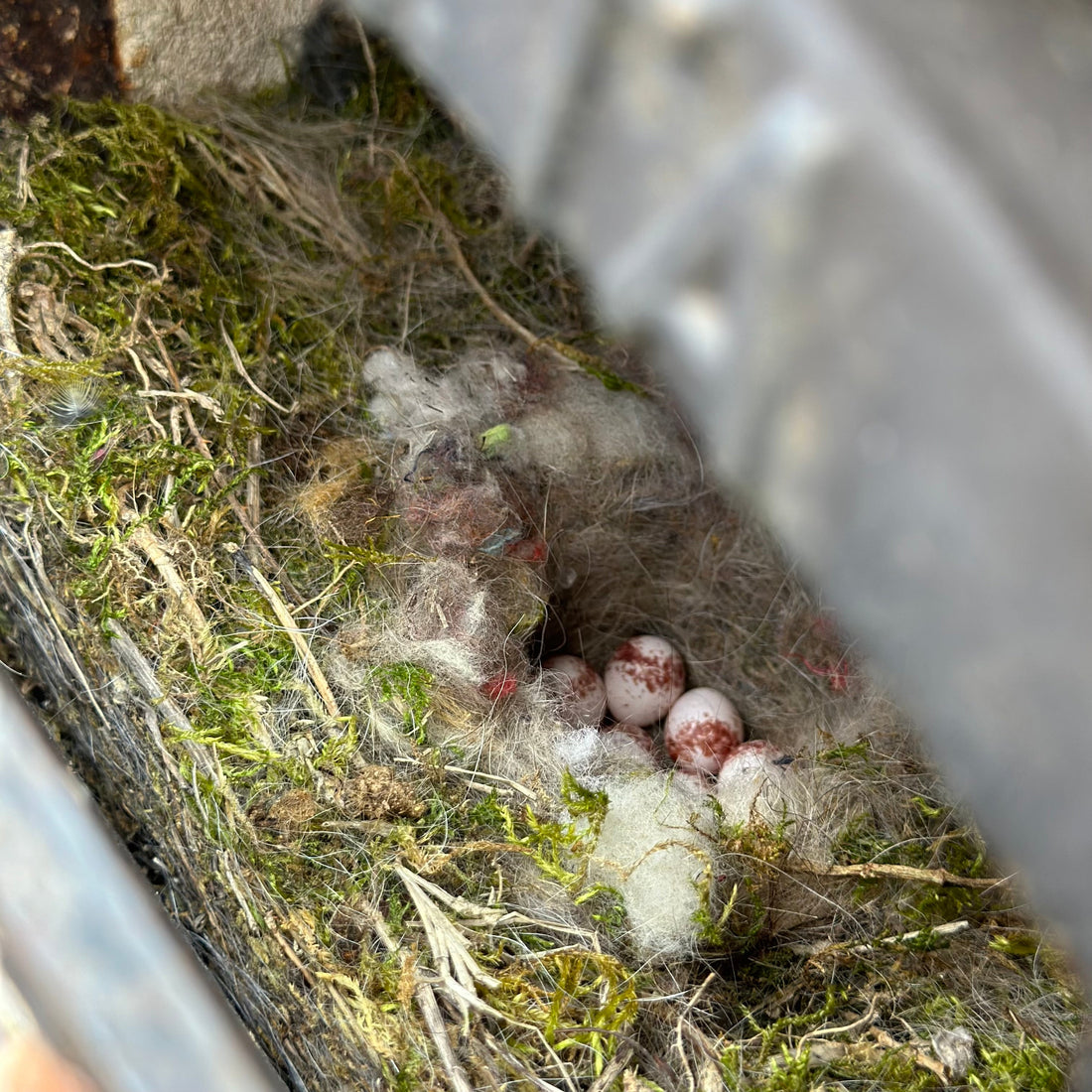
Biodynamic: the Italian Way
Share

In the fog-draped hills of Piedmont, the sun-scorched volcanic soils of Pantelleria, and the ancient slopes of Montalcino, Italy’s visionary winemakers are rewriting the rules of viticulture. This philosophy—part science, part poetry—treats vineyards as living organisms, harmonizing soil, plants, and cosmic rhythms. Forget industrial shortcuts; here, every action is a conversation with nature. Here’s how it unfolds, in terms both newcomers and connoisseurs can savor.
The Biodynamic Blueprint: A Symphony of Practices
Biodynamics transcends organic farming, banning synthetic pesticides, herbicides, and lab-made fertilizers. Instead, vineyards become self-sustaining ecosystems: sheep graze between rows, composting vine prunings, while herbal teas replace chemicals. Every task syncs with the Stella Natura calendar, tracking moon phases and planetary alignments. Pruning might wait for a “root day” (earth signs), while harvests surge during “fruit days” (fire signs), believed to capture grapes at peak vitality.
The Alchemy of Preparations: Herbal Medicine for Vines
Central to biodynamics are nine mystical “preparations,” akin to homeopathy for the land. Three essentials:
-
Horn Manure (500): Cow manure buried in a horn over winter, stirred into water, and sprayed to awaken microbial soil life.
-
Horn Silica (501): Crushed quartz buried in summer, sprayed at dawn to sharpen photosynthesis.
-
Horsetail Tea (508): Fermented horsetail plants fend off mildew naturally.
In Italy, these rituals take regional twists. Stella Binaria (Montalcino) blends organic treatments like copper and sulfur with sweet orange oil and seaweed extract, adapting to the vineyard’s needs.
The Calendar’s Pulse: Timing is Terroir
Biodynamic vintners live by celestial rhythms:
-
Root days (earth signs): Prune Nebbiolo vines to ground their energy.
-
Fruit days (fire signs): Harvest Arneis grapes in Roero for aromatic intensity.
-
Flower days (air signs): Let Sangiovese blooms rest undisturbed in Montalcino.
Gabrio Bini (Pantelleria) swears by bottling his Zibibbo under waning moons, believing it stabilizes the wine’s energy.
The Restraints: Why Biodynamics Isn’t for Everyone
This path demands grit. Yields drop as vines grow untamed. Labor is relentless—Bricco Ernesto(Roero) relies on generations of organic expertise, farming steep slopes surrounded by native hazelnut trees. Certification (Demeter/Biodyvin) requires costly audits, and skeptics dismiss planetary rhythms as mysticism. Yet believers champion the results: wines with electric acidity, wild aromatics, and a soulful sense of place.
Biodynamic Curations:
-
Vaira Aurelj (Piedmont): Rejects industrial interventions, using cover crops, organic fertilizers, and rainwater preservation. Their Barolo hums with rose petal and iron, a Nebbiolo that mirrors the Langhe’s soul.
-
Gabrio Bini (Pantelleria): On a windswept island, he tends vines by hand and horse. Zibibbo undergoes spontaneous fermentation in buried terracotta amphorae, bottled unfiltered with no additives—a passito of amber depth and primal energy.
-
Bricco Ernesto (Roero): Sommelier-turned-winemaker Renato Vezza crafts graceful wines from family-owned, organically certified vineyards (since 1990), nestled among hazelnut groves.
-
Stella Binaria (Montalcino): “We act upon the vineyard as living beings,” they declare, blending biodynamic rhythms with organic defenses. Their Sangiovese thrives amid olive groves, its tannins silkened by meticulous care.

